On May 1, 2020, ILSAC GF-6 takes effect at the same time as API SP, and SP has been sold like hot cakes in the market, but many car owners still don't quite understand GF-6.
Master Bong will talk to you about it today.

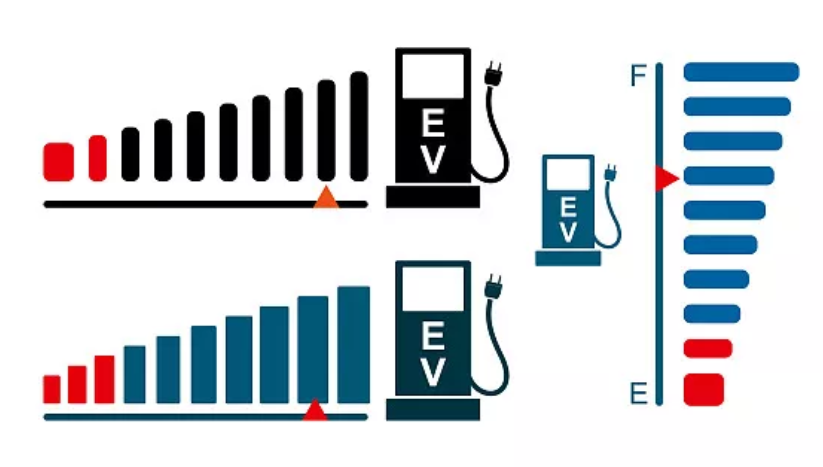
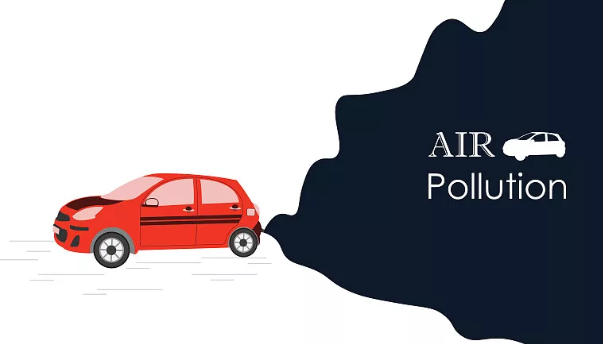
The number after GF, in our country, can be interpreted as the corresponding national emission standard, e.g. GF-5 for National V, GF-6 for National VI.
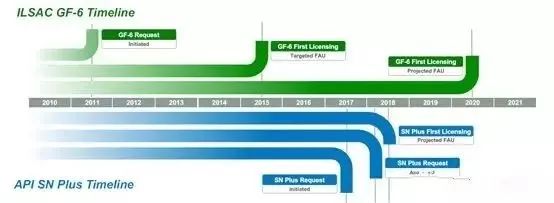
What are the upgrades to the GF-6?

It is worth noting that the GF-6 has added a low-speed premature ignition test and a timing chain wear test, which can prevent the occurrence of low-speed premature ignition and timing chain wear, which are common in small-cylinder direct injection engines.
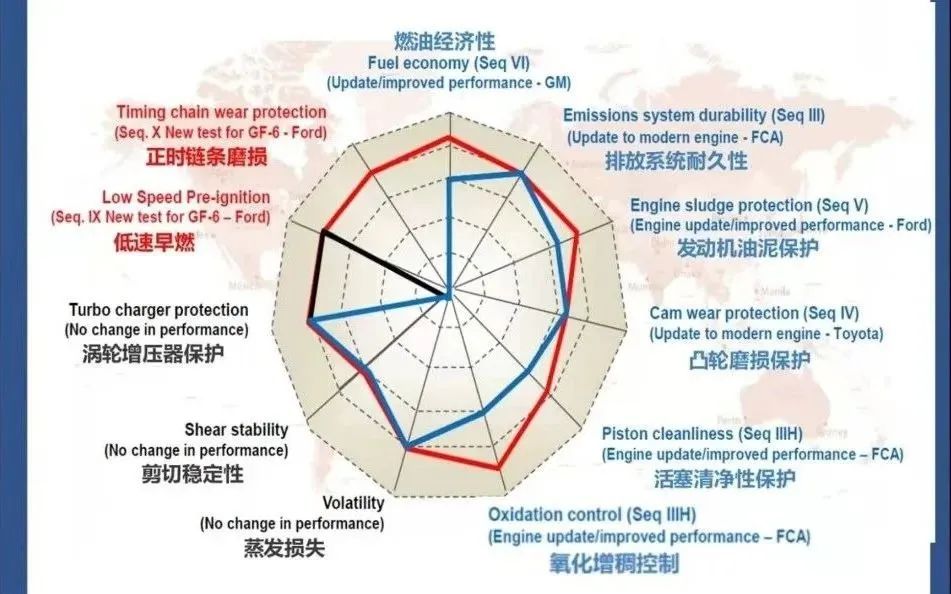
What is the difference between GF-6A and GF-6B?

1. GF-6B specification lubricants are different from GF-6A and the two cannot be used interchangeably on vehicle equipment.
2, ILSAC GF-6A can be used to meet GF-5 oil recommendations and earlier requirements.
GF-6A is backward compatible, meaning it also includes the GF1-5 standard and is designed for SAE grades 0W-20, 5W-20, 5W-30, and 10W-30. ILSAC GF-6B includes all of the requirements of GF-6A but is intended for use in SAE 0W-16 grades only.
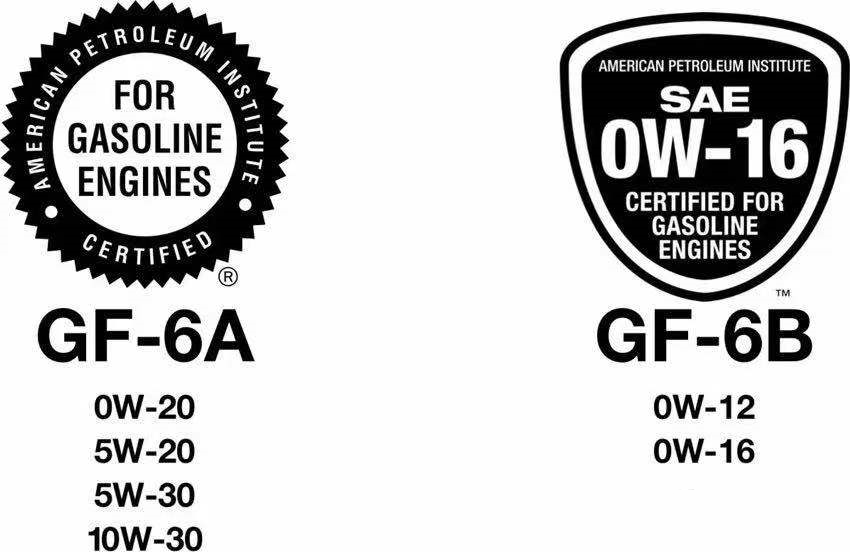
3, GF-6B and GF-6A lubricants must pass the same performance tests, but GF-6B lubricants are superior to GF-6A lubricants in fuel economy.
4. GF-6B specification lubricants have adopted a new certification mark to prevent these lower viscosity grades from being misused in inapplicable engines.
Nippon GF-6 grade lubricants have more outstanding fuel economy performance and anti-wear performance than SP lubricants, and have better performance in inhibiting low-speed premature ignition, protecting timing chain wear and automotive after-exhaust treatment systems, bringing a more powerful driving experience.